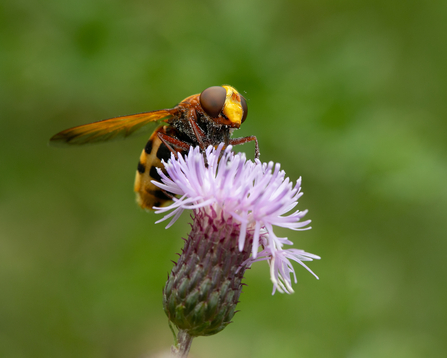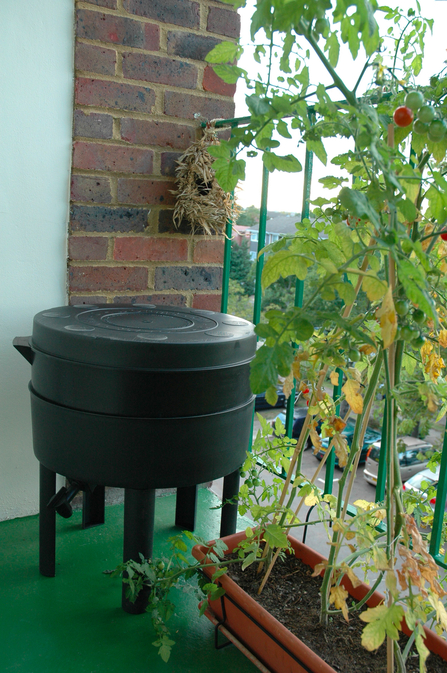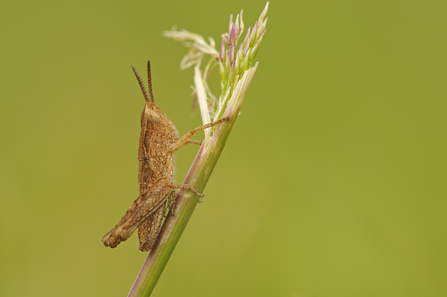Welcome to the July edition of our wildlife-friendly gardening blog.
Wow, June was a scorcher! I’m really hoping July temperatures will be less attritional and that there will be some rain to help wildlife. So, please keep providing water for wildlife - it could be a lifesaver.




